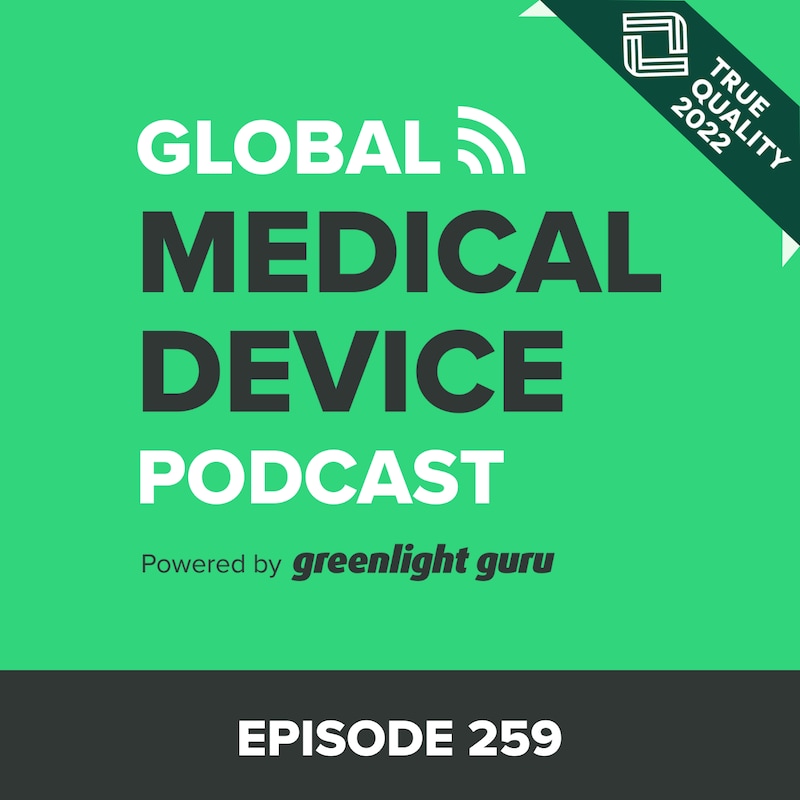What are the regulatory pathways used in the United States versus the European Union (EU)? Dealing with regulators can be challenging and emotionally draining. Win in the U.S. and EU marketplace by delegating all things regulatory to a grief counselor.
In this episode of the Global Medical Device Podcast, Jon Speer and Etienne Nichols talk to Michelle Lott, Founder and Principal of leanRAQA. Also, she served a four-year term on the FDA’s Device Good Manufacturing Practice Advisory Committee (DGMPAC).
Michelle is on a mission to help smaller companies with regulatory strategy, planning, submissions, audit preparation and remediation, due diligence, quality systems, and compliance.
Some of the highlights of this episode include:
- Why new clients work with Michelle: It’s easy to find a competent regulatory person, but how many are you going to enjoy working with and able to make you laugh when you really feel like crying?
- Even with the adoption of EU MDR, people are still in denial when it comes to those with certificates that expire in May 2024 and think they still have time to get certificates reissued.
- Several small companies, as well as large corporations, are choosing to not go to market or withdraw products in the EU because of the lack of value and revenue.
- The cost, clinical data, and limited number of notified bodies are some of the biggest challenges for those in the EU versus U.S. market.
- Companies should perform a market analysis to determine if their revenue model will support year-over-year costs and third-party fees to stay in the EU market.
- The impact to quality in the European healthcare system could turn the U.S. into a destination for medical tourism. It could happen if an analysis is not done by the government or competent authority.
- A quality management system (QMS) has to have an ISO 13485 certification in the EU. The U.S. doesn’t require a QMS until a product is put into commercialization and meets performances, standards, and expectations.
- According to Michelle, the five stages of regulatory grief are denial, anger, bargaining, depression, and acceptance.
Memorable quotes from Michelle Lott:
“If you don’t have a relationship with a notified body yet, you’re already almost too late. You just can’t make any commitments to or marketing plans for the EU right now, in terms of timing.”
“The first thing is to do that market analysis, and then, if they decide that Europe is still something that they want to do, second, you need to get in line with a notified body.”
“There’s no such thing as grandfathering underneath the EU.”
“There were 18,000 certificates issued under MDD, and only one percent of those have made it all the way through MDR.”
“To properly prepare technical documentation, it is truly a cross-functional effort and it’s going to require a lot of very in-depth expertise.”
Links:
Michelle Lott on LinkedIn
Regulatory + Quality Assurance (leanRAQA)
leanRAQA - Free Guides
RAQA Today Podcast
FDA - Device Good Manufacturing Practice Advisory Committee (DGMPAC)
European Union - Medical Device Regulation (EU MDR)
ISO 13485
FDA - Quality Management System Regulation (QMSR)
True Quality 2022
The Greenlight Guru True Quality Virtual Summit
Greenlight Guru YouTube Channel
MedTech True Quality Stories Podcast
Greenlight Guru Academy
Greenlight Guru
Global Medical Device Podcast Email




